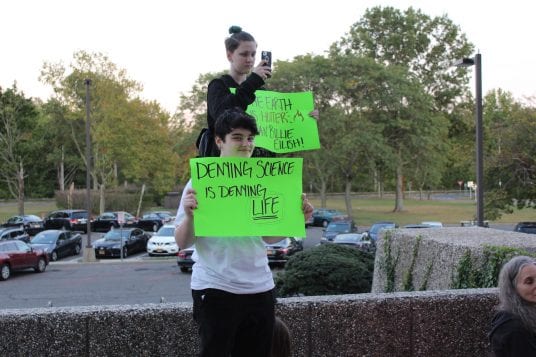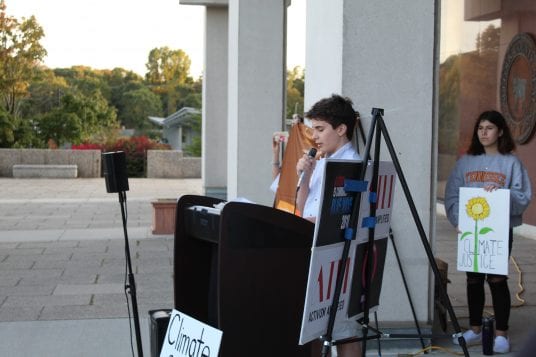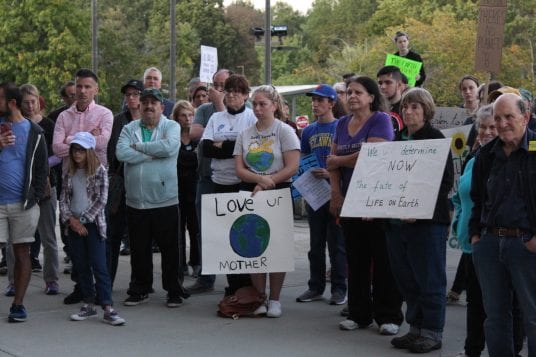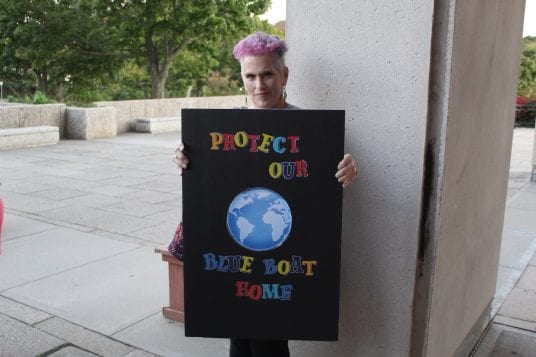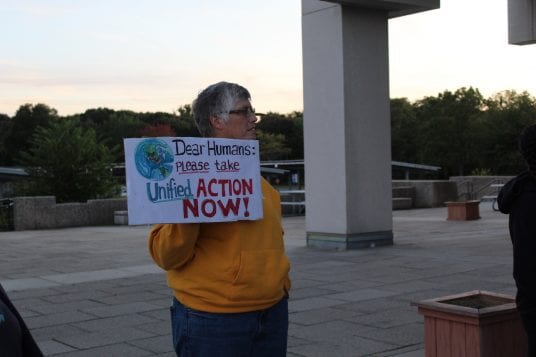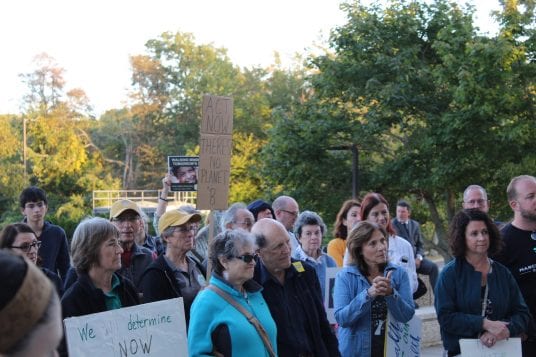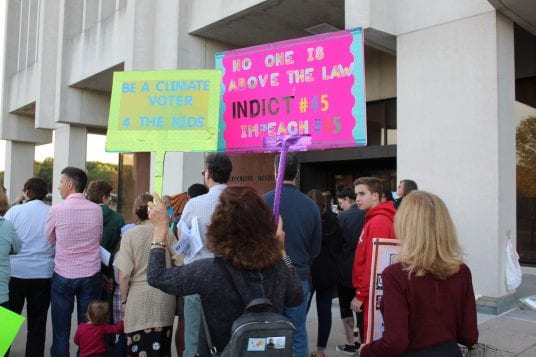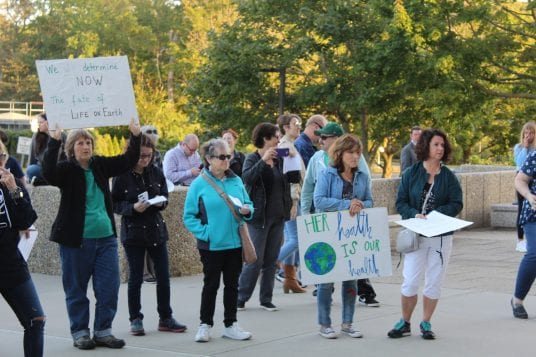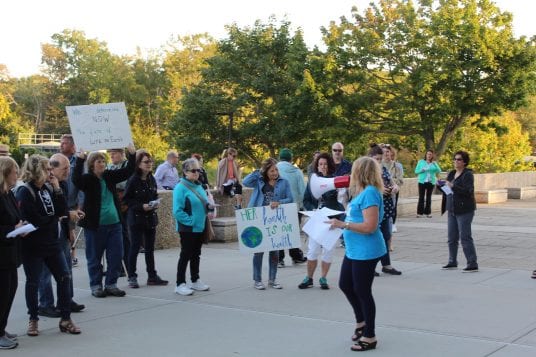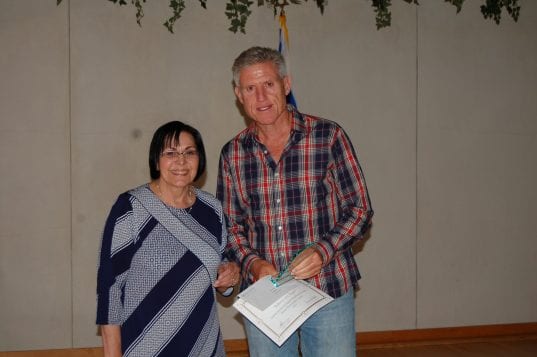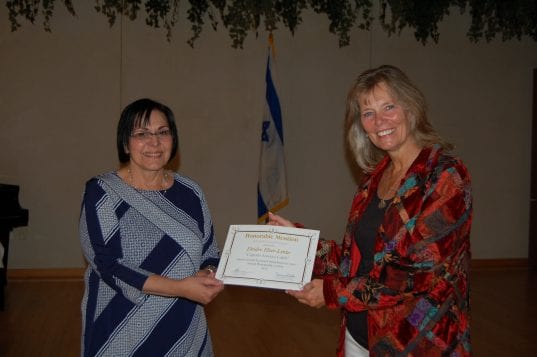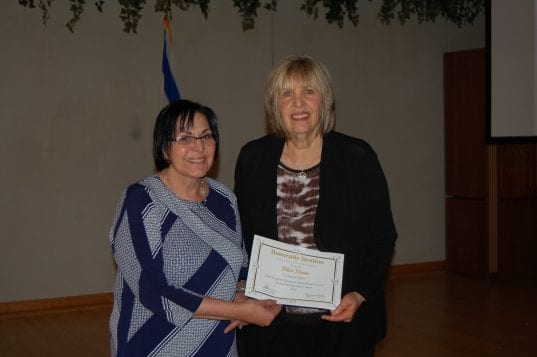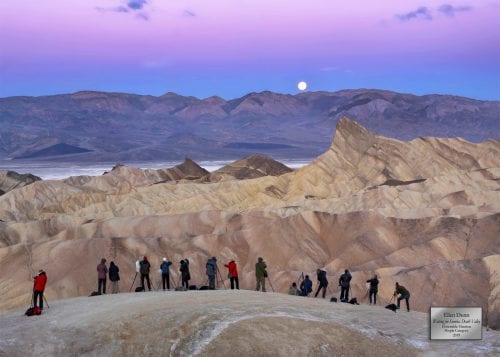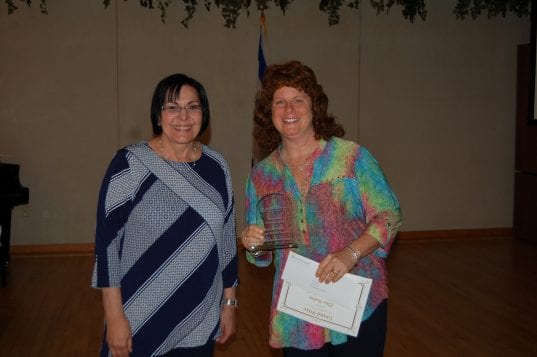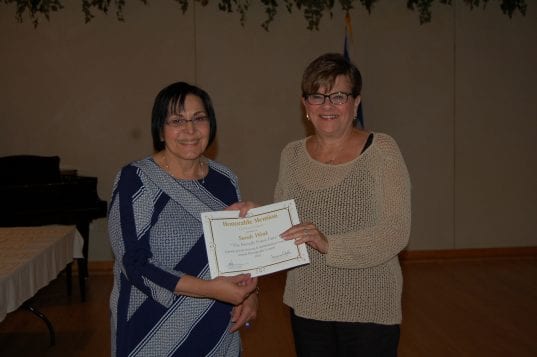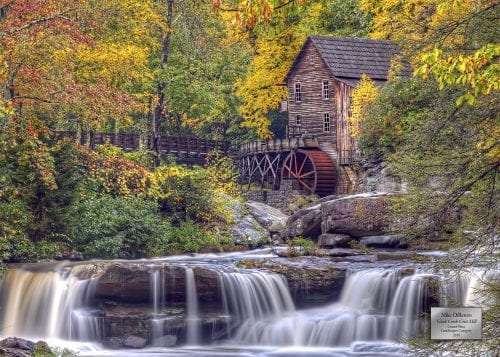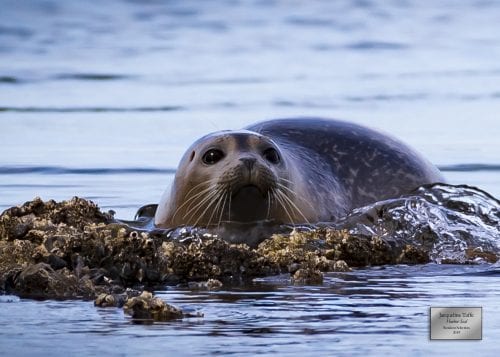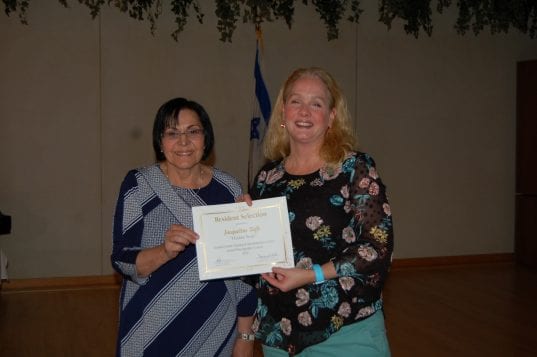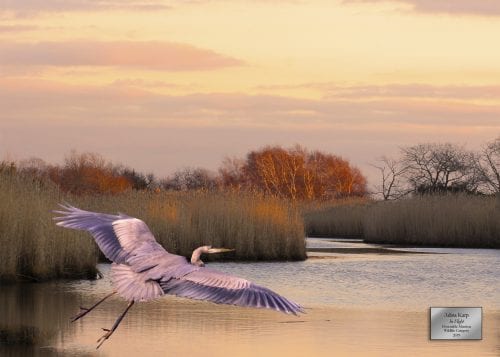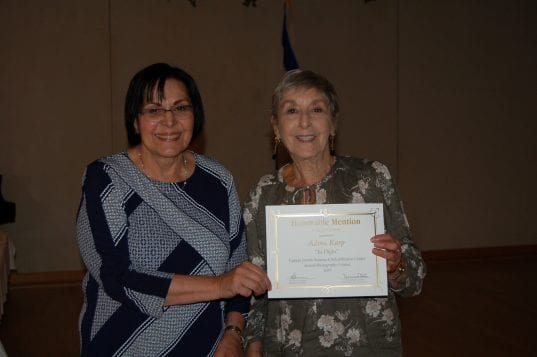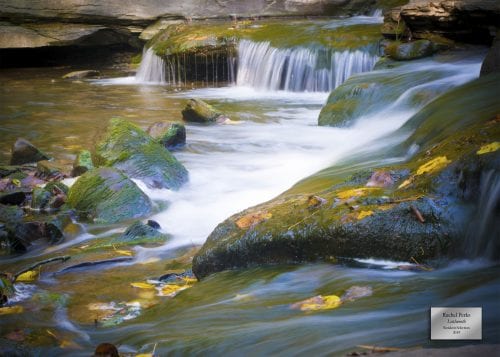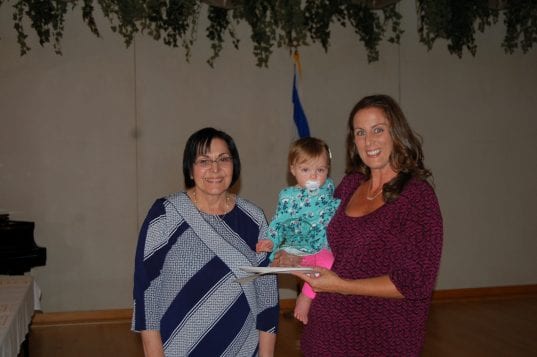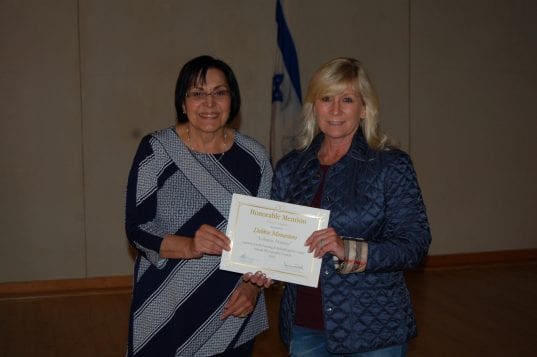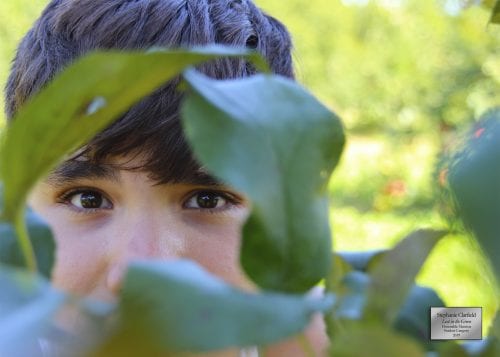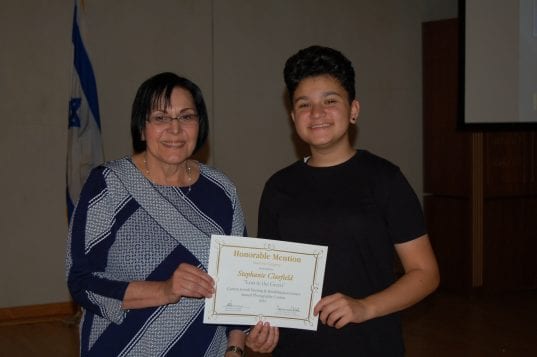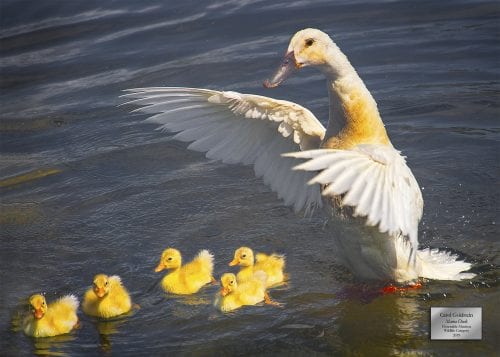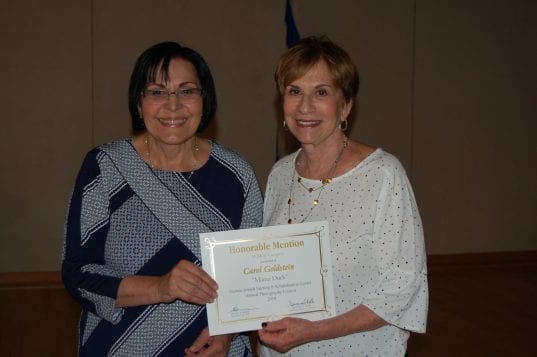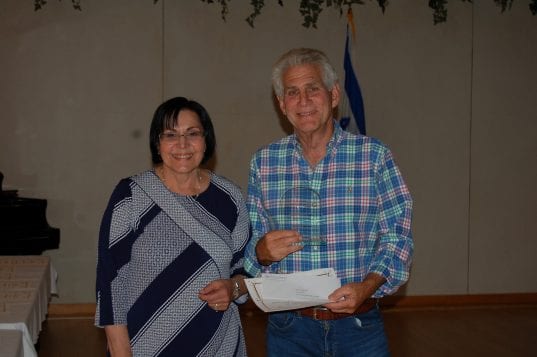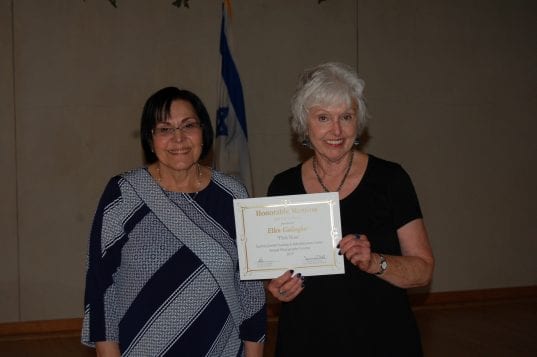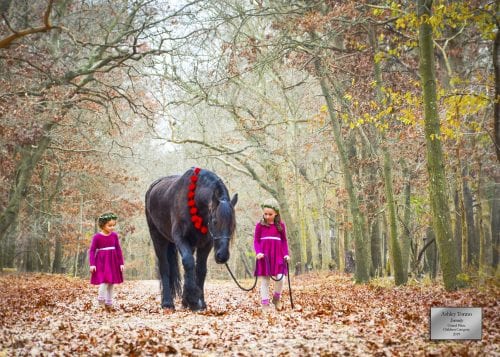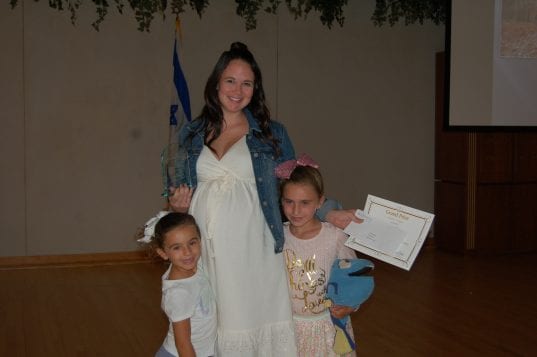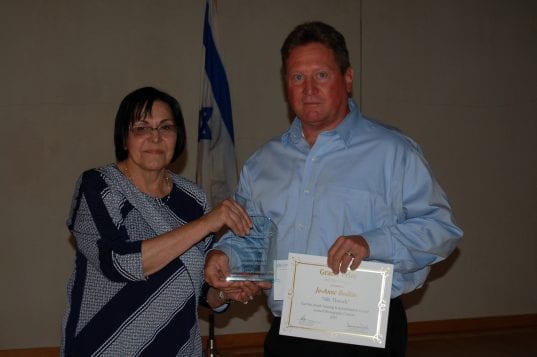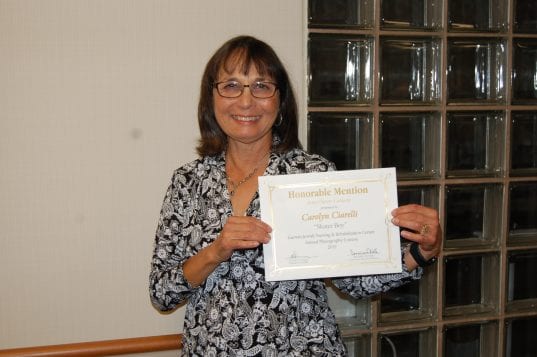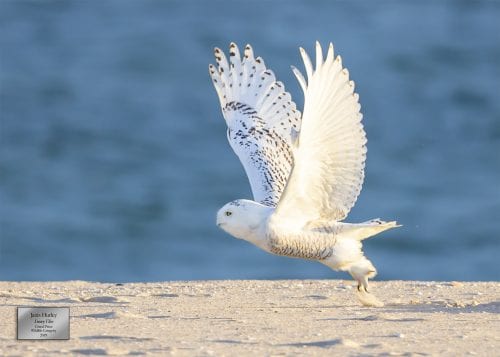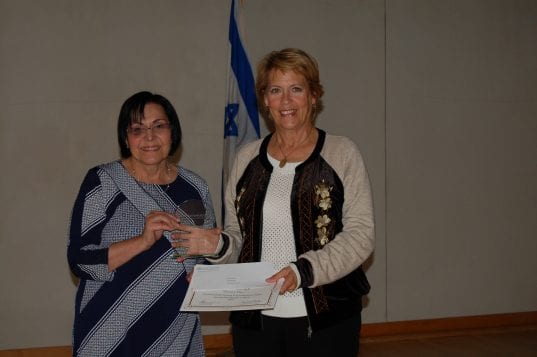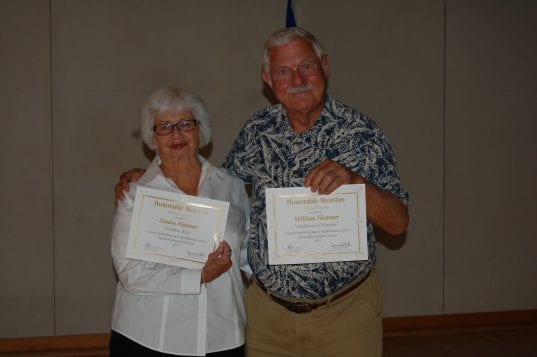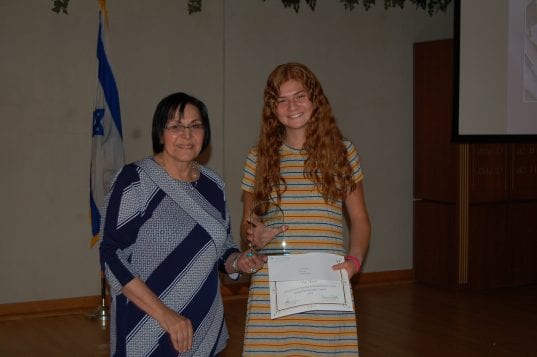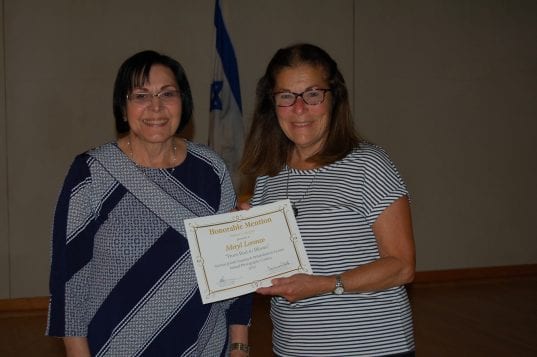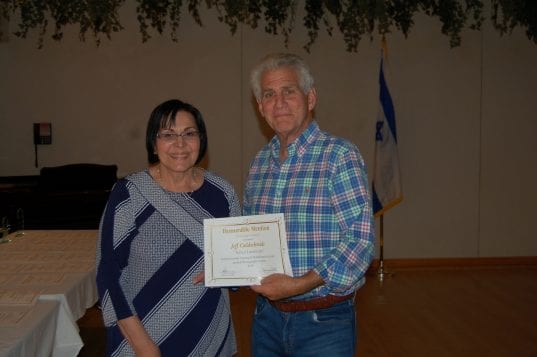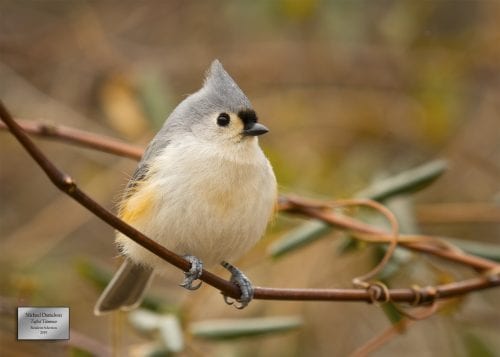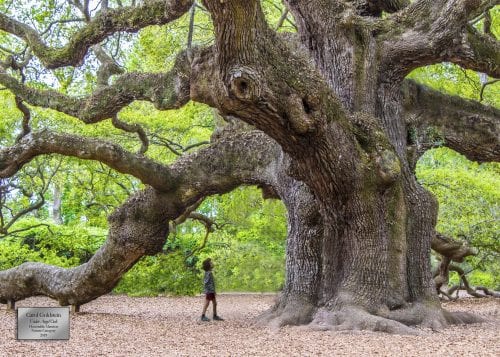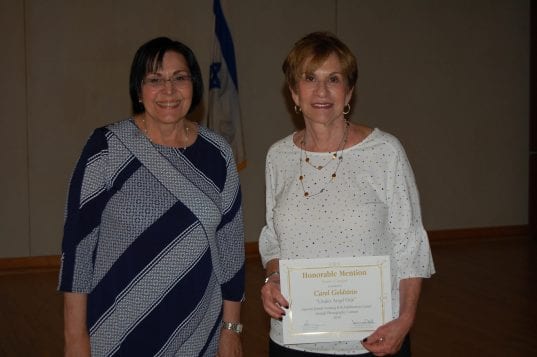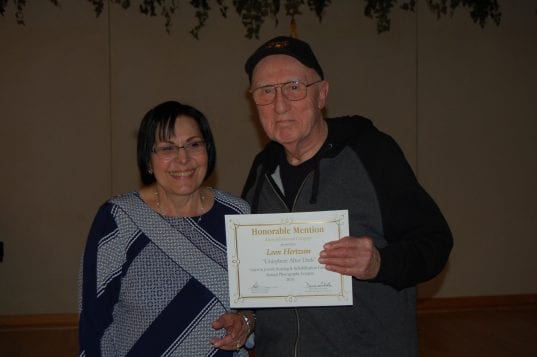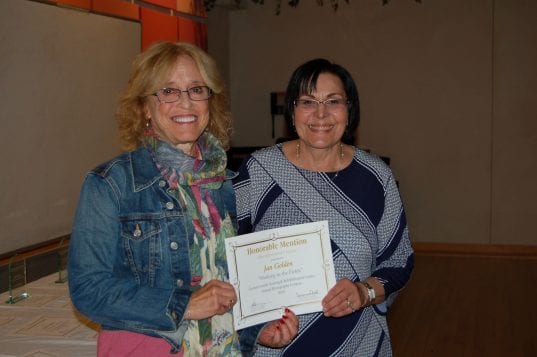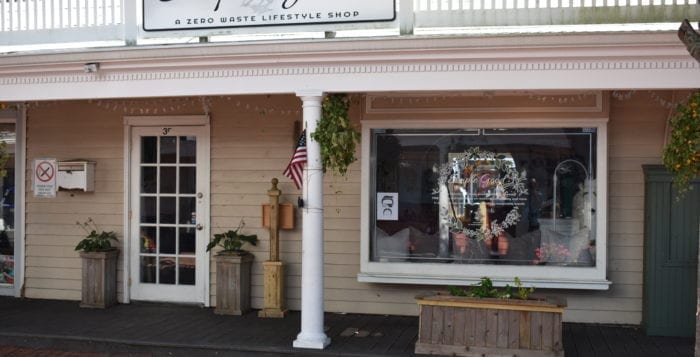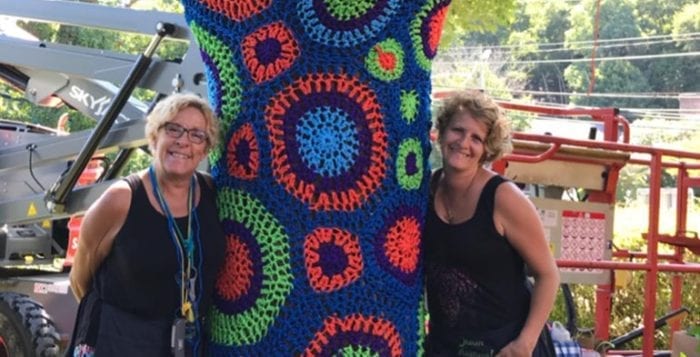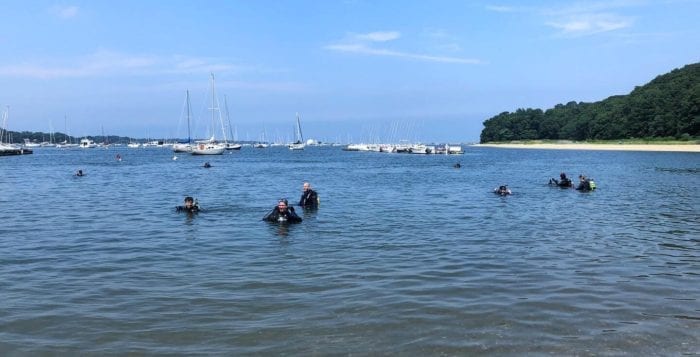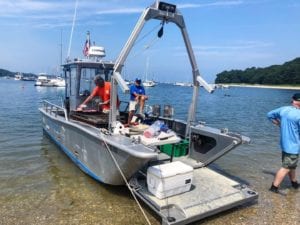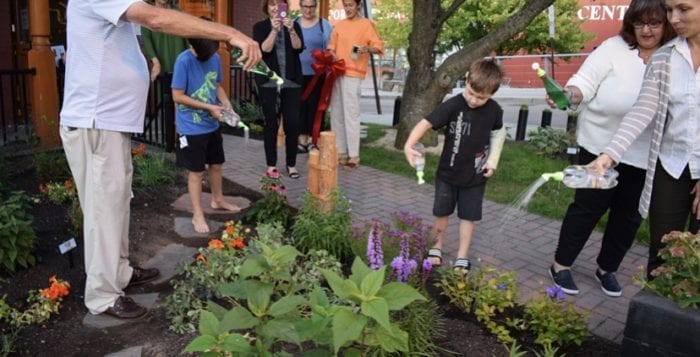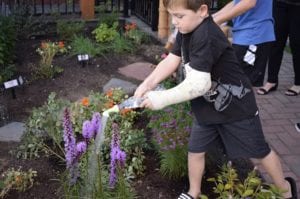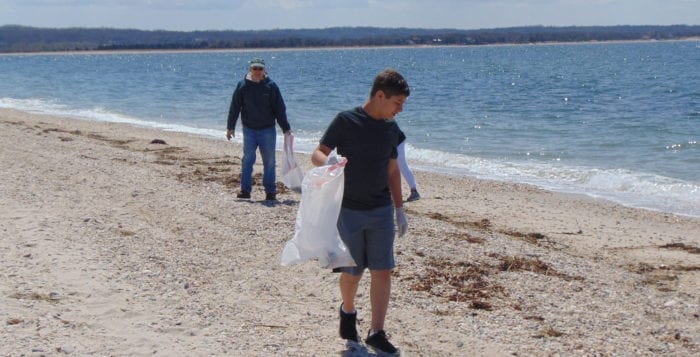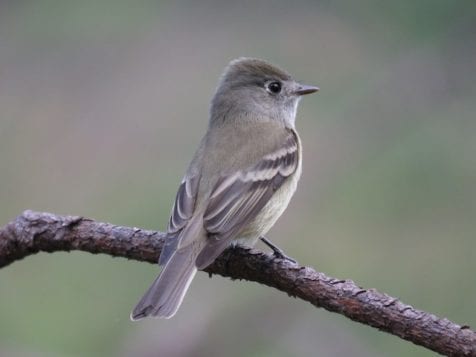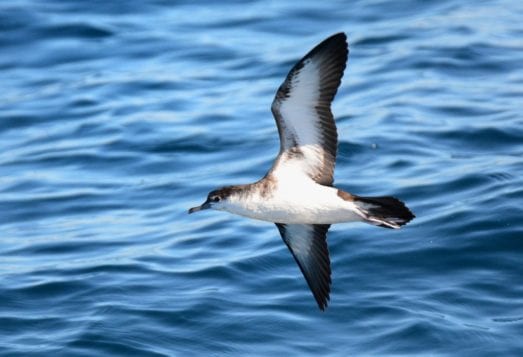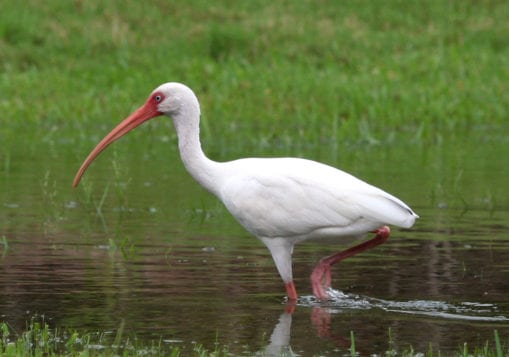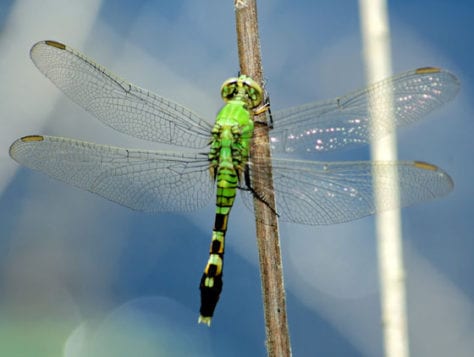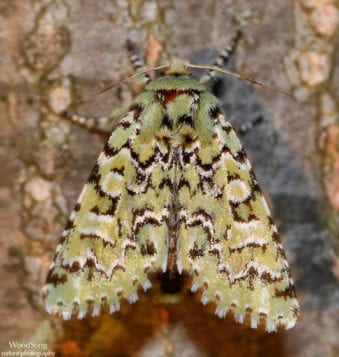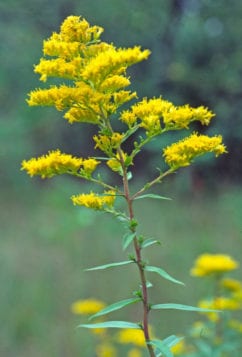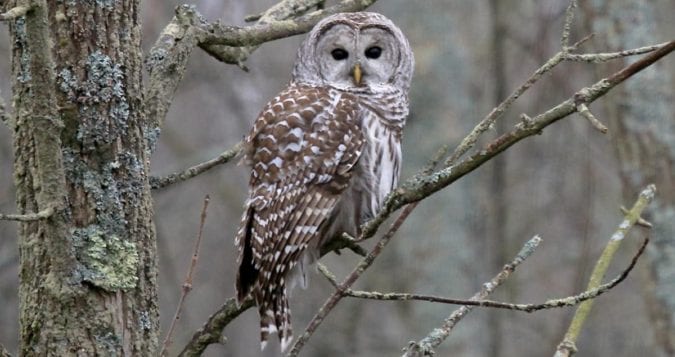“Climate change is not a lie, please don’t let our planet die,” a crowd of more than 50 people yelled in unison in front of Suffolk County’s H. Lee Dennison Building in Hauppauge Sept. 27. Students, community groups, environmental activists and elected officials gathered to call for immediate action by governments and corporations on the current climate emergency.

The protest came on the last day of the Global Climate Strike, spearheaded by 16-year-old climate activist Greta Thunberg, who joined some 250,000 protesters in Manhattan Sept. 20.
Kallen Fenster, a 13-year-old middle school student and founder of the youth organization Leadership for Environmental and Animal Protection, spoke on the effects climate change could have on future generations.
“Myself and the others here are like millions around the world that we represent today that are worried for their lives and yours,” he said. “Entire species are dying, our oceans are filthy with plastic waste, our beaches are unsafe to swim in, the air is polluted. What hope is there for my future children, or even worse, theirs?”
The middle schooler called on lawmakers to put more of an emphasis on climate change policy.
“Tonight, we the youth demand that local, state and federal lawmakers put climate policy first,” Fenster said. “We ask every adult to be a climate action hero and advance policy that will protect communities and its families. It will take all of us, it will take work and it will take sacrifices, but we have no choice, we have no ‘planet B.’”
Other youth activists who spoke at the protest had similar sentiments.
Gabe Finger, a 7-year-old elementary student, said he wants more people to take this movement seriously.
“I want people to stop seeing climate change as a political belief and look at it as the dire crisis it is,” he said. “More and more people are seeing that global warming is something not to be ignored. This is not just a fight for the environment, but a fight for our lives — do whatever you can to help because hope is not lost yet.”
Camilla Riggs, a student at The Laurel Hill School in East Setauket, mentioned climate change will affect everyone.
“You may not believe in the science but it doesn’t mean you are immune to it or your children’s children. This is not about us anymore, this is about the future of all of us,” she said.
Elected officials called out the current White House administration, which has dialed back on climate change reform.
“This president has engaged in an assault on all previous efforts to control and contain these greenhouse gas emissions, leaving the Paris accord was an embarrassment, said state Assemblyman Charles Lavine (D-Glen Cove). “It is hard to imagine an American president would hire the worst polluters to run the agencies that are supposed to protect us.”
Lavine said despite that, the state has started to move in the right direction in curbing greenhouse emissions. He mentioned the state Climate Leadership and Community Protection Act, congestion pricing going into effect in New York City and a ban on single-use plastic as key steps forward.
State Sen. Jim Gaughran (D-Northport) said we hopefully haven’t run out of time when it comes to climate change.
“We have to hand [the Earth] over to them responsibly but, to be honest with you, my generation hasn’t been responsible and we have to step up to the plate,” he said.
Elmer Flores, of New York’s 2nd District Democrats, spoke on how climate change is already affecting certain communities.
“Our low-income communities and minority population will disproportionately feel the negative impacts of climate change,” he said. “Research has shown that climate change, if left unaddressed, will worsen or cause unintended health consequences.”
Flores mentioned that when it comes to air quality, Hispanic and Latino residents have an asthma hospitalization rate that’s three times more than their white counterparts.
Cheryl Steinhauer, special events manager of Hauppauge-based Long Island Cares, which helped organize the event with Action Together Long Island, spoke on the importance of calling for change.
“I feel like this is a necessary thing to do. There are a lot of issues at the moment but really this is at the top and most important, at least to me, is taking care of our planet,” she said.

